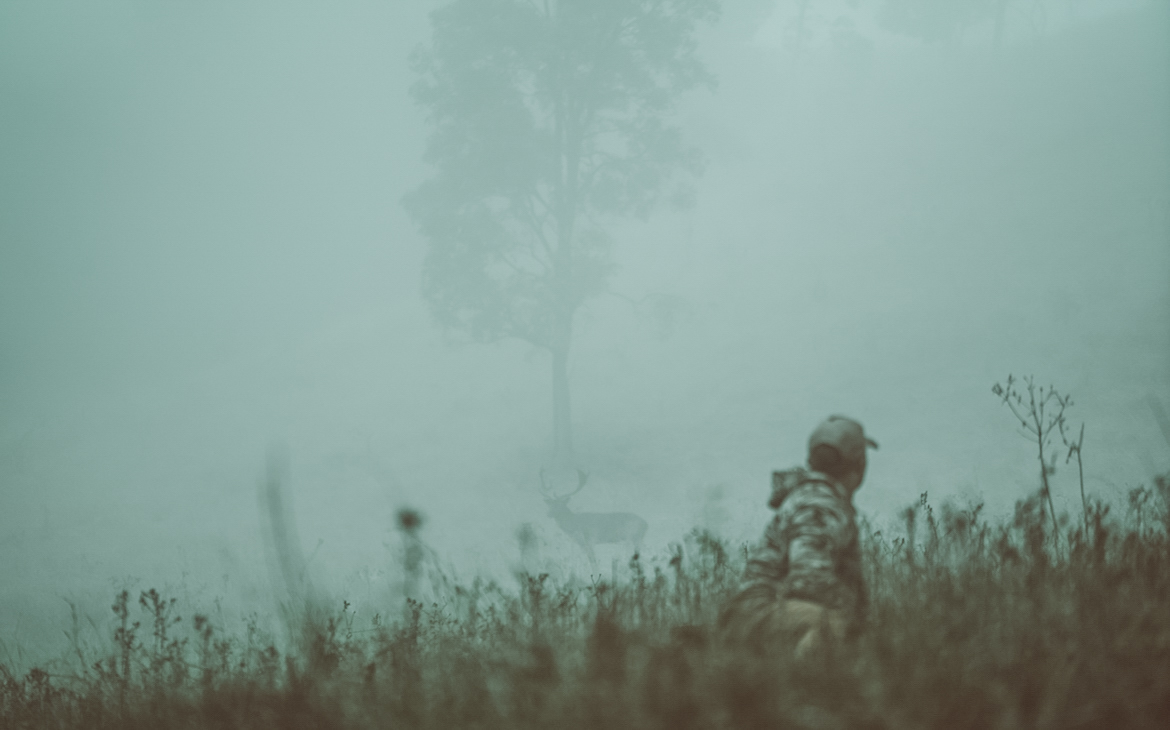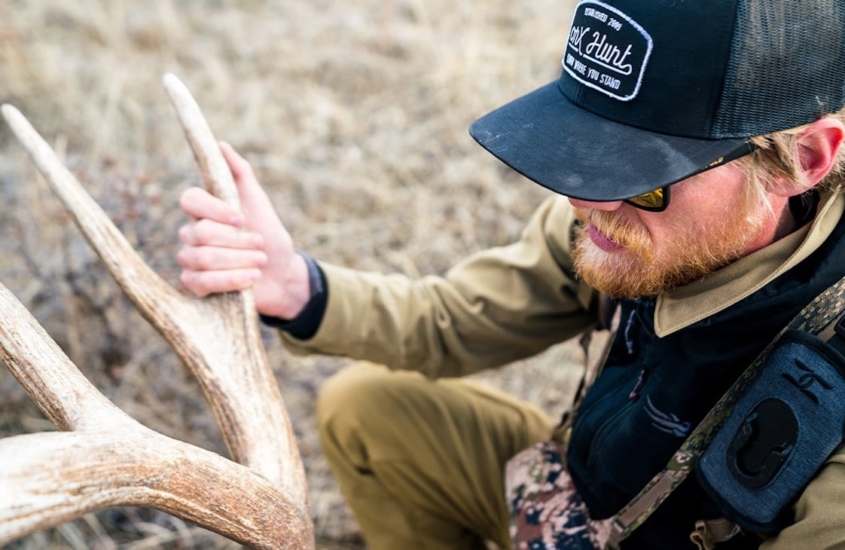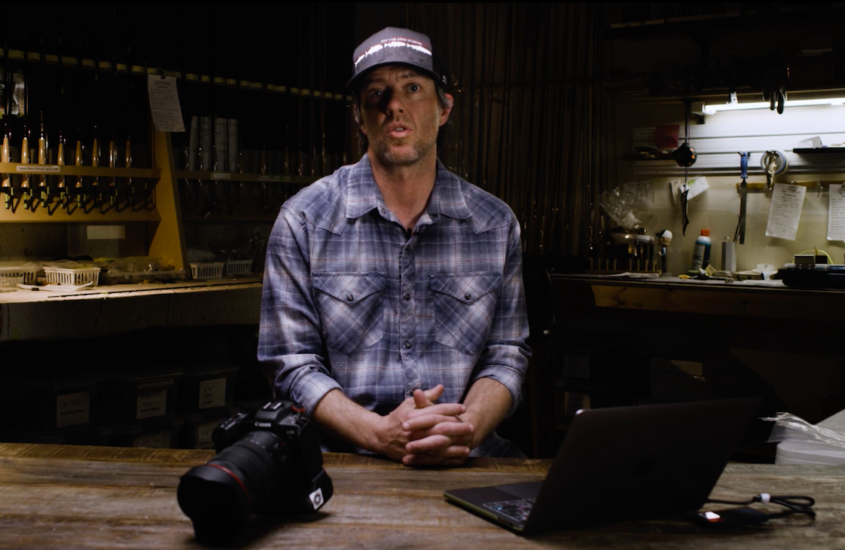By Tom Brown III:
Purchase Tom’s Survival Masterclass here.
In continuation of Part One of Tom’s stalking and movement skills, Tom lists seven tips to improve your stealth outdoors.
1. The right footwear is essential to proper movement. Many modern shoes and boots have thick soles and raised heels. Shoes made in this way are mostly coffins for our feet that do not allow our foot to bend and flex the way it is meant to, and they make it difficult to move quietly. Instead, seek out footwear that has no raised heel and a flexible sole. There are many types of “barefoot” shoes and boots available these days. A few that I have used and love are Xero shoes and Vivo Barefoot. For winter use, I highly recommend Yukon or Camuk style Steger mukluks.
2. Awareness is key to proficiency in stalking and movement. Without heightened awareness, you will not move silently across the landscape. When trying to remain invisible, you must be acutely aware of your surroundings. Pay attention to where the sun is. Feel the wind. Listen to the baseline of what is going on around you.
3. Be patient! Trying to stalk animals takes a lot of practice. Animals rely on their senses to stay alive, and often those senses are many times greater than our own. Stalking an animal is like a chess game, and it requires practice and skill.
4. When stalking animals, always approach downwind. Animals, especially members of the deer family, have a sense of smell that is many times greater than ours. No matter how much we try to rid ourselves of our human odor, you can never get rid of it completely. Many times I have had a hunt ruined because of the wind switching directions.
5. Pick a route that provides you with the most cover. I am always analyzing what is ahead of me and picking the route that provides me with the most cover. I will never move across open ground unless absolutely necessary. Ideally, you move from one piece of cover to another. I will always try and keep a visual barrier between myself and the animal until I am ready to take my shot. After considering your cover options, it’s essential that you also choose a route that isn’t noisy. Avoid dry leaves and other areas that will make a loud crunching sound as soon as you walk over it. Also, beware of moving across ridgelines, so you don’t skyline yourself. You will stick out like a sore thumb. Any animals or people below you will see you moving.
6. Use natural noise to cover your movement. Earlier I mentioned matching your movement to the “ebb and flow” of your surroundings. By paying attention to the natural noise around you, you will find there are times and places where you can get away with making more noise. For instance, one of my favorite times to hunt whitetail deer is during a gusty wind. Since deer rely on their sense of smell for survival on windy days, they will tend to stay bedded all day. I will stalk into their bedding areas to hunt them. When a gust of winds comes up, I will move quickly as the wind will disguise my movement. When the wind slows down, I slow down. I once arrowed a doe at 6 yards. She never knew I was there and didn’t get up when the arrow struck home. On that note, it’s important to remember not to make any out of context noises. No animal moves entirely silently all the time, so you are permitted a certain amount of sound just as long as it isn’t louder than the baseline noise.
I learned a valuable lesson in out-of-context noise when I lived in Illinois. The property I lived on had a set of busy freight train tracks running the length of it. One day I was sitting quietly in the marsh. It was a beautiful scene. There were ducks, geese, herons and muskrats going about their business when the train came roaring through. I was amazed that the animals went about their routines, paying no attention to the train. Shortly after, a friend of mine came down to the marsh. As soon as the door to his truck slammed shut, every animal and bird I could see fled in a panic. Why were the animals and birds okay with the roaring freight train yet ran away at the sound of a truck door closing? Simple! They were used to the freight train passing many times a day, the truck door not so much. The speeding train was “in context” with the noise in their environment, but the sound of the truck door was not. Other small, quiet, out-of-context noises that will give away your presence are jingling zippers, coughs, sneezes and sticks breaking.
7. Both animals and people are creatures of habit. If you study them long enough, you will learn where the gaps in their awareness are.
Stalking is more of a mindset than a set of instructions about how to place your feet or how fast you move. Because every situation is different, how you move will be different. In closing, I would also like to say that the best stalkers are ones who can transition from place to place silently and effectively across any terrain. From woods to field, from field to stream, blending their movements as they go. And as with any skill, practice makes perfect!
Episode #: 97 (click to listen) and 98
Duration: 1 hr 18 min and 1 hr 24 min
Topics Discussed: Stalking tactics, tanning hides, fire-starting, wilderness survival, tracking, observation and more!
Bio: Tom Brown III, also known as “T3,” has been a life long student and practitioner of primitive living skills, wilderness survival and nature connection. Born in New Jersey in 1978, he grew up learning the skills our ancestors used to live close to the Earth from his father, Tom Brown Jr, founder of the Tracker Wilderness Survival School. Growing up at the Tracker School showed him the profound effect reconnecting people to nature can have not only on the individual but on the planet as a whole. After spending a few years wandering across America, he has spent the last 20 years passing on the skills he learned as a child. Currently Tom lives in Oregon and works with Trackers Earth as an adult educator and land steward. When not teaching or writing, Tom is an avid fly-fisherman, traditional archer and nature photographer.













